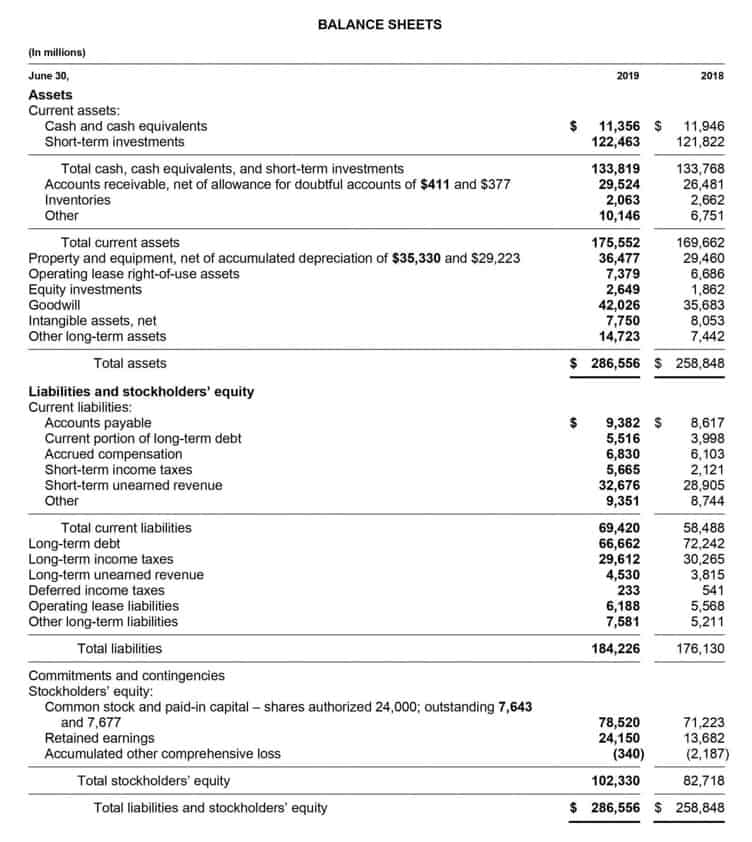How to Set Up a Law Firm Chart of Accounts
How to Set Up a Law Firm Chart of Accounts
This cloud-based accounting software is not just an accounting tool – it’s a game-changer. Built with businesses in mind, it’s like having a world-class financial management team on your side, ready to help you keep your financials as sharp and persuasive as your legal arguments. Accrual accounting records revenues and expenses when earned and incurred, regardless of when the money is received or paid. For example, when you send an invoice to a client, you’ll mark it as revenue, even though you might not get paid for 30 days. To streamline tasks even more, consider using LawPay’s payment integration with MyCase to easily combine your payment platform with MyCase’s end-to-end suite of features for law firms.
What is a Chart of Accounts for Law Firms?
The ABA requires lawyers to maintain client trust account records for at least five years after work has ended. Records can include bank statements, checkbook registers, and any supporting documents related to the account. Your potential new hire should have experience working with law firms, managing IOLTA accounts, and navigating trust accounting requirements. Start by learning about the typical accounts in a law firm’s chart of accounts. The chart will include a list of your accounts and transactions law firm chart of accounts for each. LawPay also ensures your law firm accepts payments that comply with your state bar’s regulations surrounding trust (IOLTA) accounts and the American Bar Association (ABA) guidelines.
A Step-by-Step Guide to Setting up Your Law Firm’s Chart of Accounts
- If you’re required to open an IOLTA account, your local Bar Association may have a list of recommended financial institutions to work with.
- This cloud-based accounting software is not just an accounting tool – it’s a game-changer.
- Let’s create “another client” and then we’ll create an account for them under the liability account, sub-account of “funds held in trust.” Press Save.
- Using these items will help you accurately bill clients if you are billing within your QuickBooks.
- Learn more about the benefits of adopting evergreen retainers at your law firm.
- Solutions that help streamline services or work with each other can help eliminate platform fees, training time, and headaches to help optimize your financial processes.
Having a law firm chart of accounts is more than just an accounting best practice— it’s a tool to keep your firm’s financial data organized. Also, many firms don’t realize how many accounts they must track to accurately reflect the firm’s value. When set up correctly, a law firm chart of accounts provides an accurate picture of your law firm’s financial situation now, contra asset account and as you move forward. It is critical that a law firm sets up a proper QuickBooks chart of accounts to handle trust accounts and more.
Clio Accounting: Making legal accounting more approachable and efficient
Let’s create “another client” and then we’ll create an account for them under the liability account, sub-account of “funds held in trust.” Press Save. Let’s clear another deposit and for this client, we now set the account to their account under “funds held in trust.” It’s Accounting Periods and Methods another retainer. Arrange to have all fees taken from the operating account with your merchant service provider. Different law firms may require additional accounts to accommodate the unique financial aspects of their practice areas. For instance, a family law firm might need specific accounts for alimony or child support, while a corporate law firm might need accounts for mergers and acquisitions. The chart of accounts ensures that financial data is recorded consistently and accurately, facilitating precise reporting and analysis.
Additionally, it simplifies the budgeting process and aids Accounting Security in creating reliable forecasts for future financial planning. With streamlined financial management, law firms can optimize their operations, make informed decisions, and demonstrate financial transparency to stakeholders. Assets in your law firm represent anything your business owns that provides some form of economic benefit—either immediately or over time. A chart of accounts (COA) is a blueprint for organizing every financial transaction that happens in your law firm.
- Any account you want listed on your Profit and Loss Statement (i.e., P & L) or Balance Sheet must first be created within the Chart of Accounts.
- This is done by completing three-way trust reconciliation between all of these statements.
- To set up a trust account with the help of LeanLaw, you go to the QuickBooks Online integration setup and LeanLaw immediately spots the IOLTA bank account and our operating or checking account.
- The chart will include a list of your accounts and transactions for each.
- Being a default Chart of Accounts, it’ll also include many more accounts than you need.
- Law firms manage a plethora of tasks, from client communications and case management to billing and accounting.
- Arrange to have all fees taken from the operating account with your merchant service provider.





